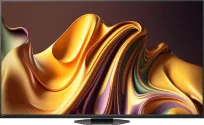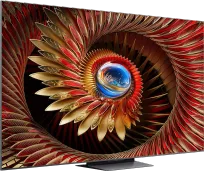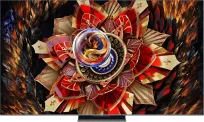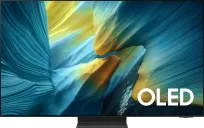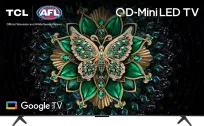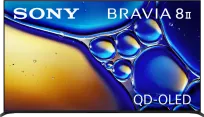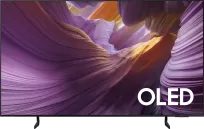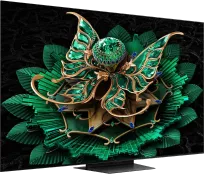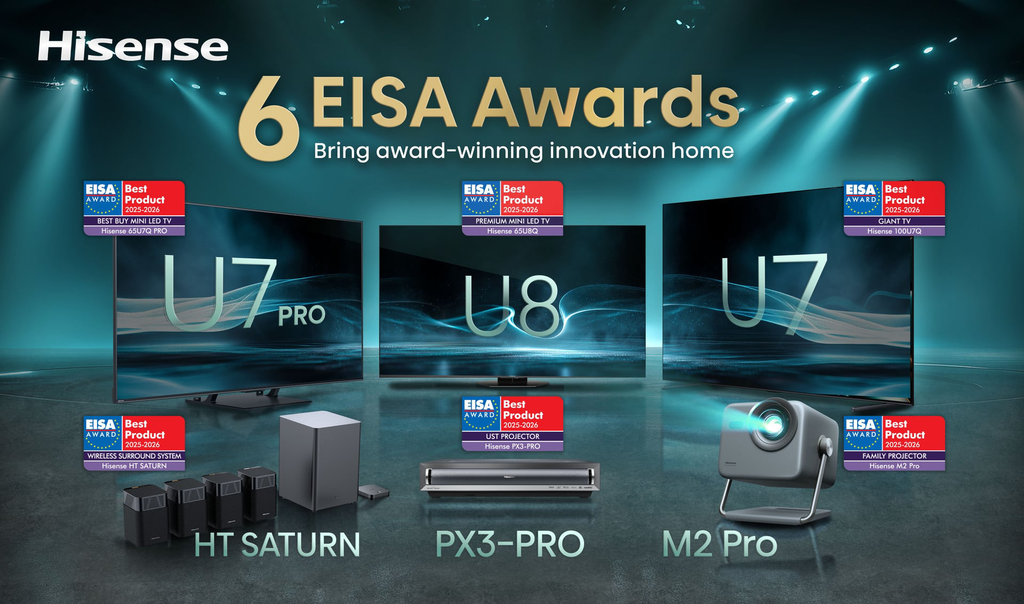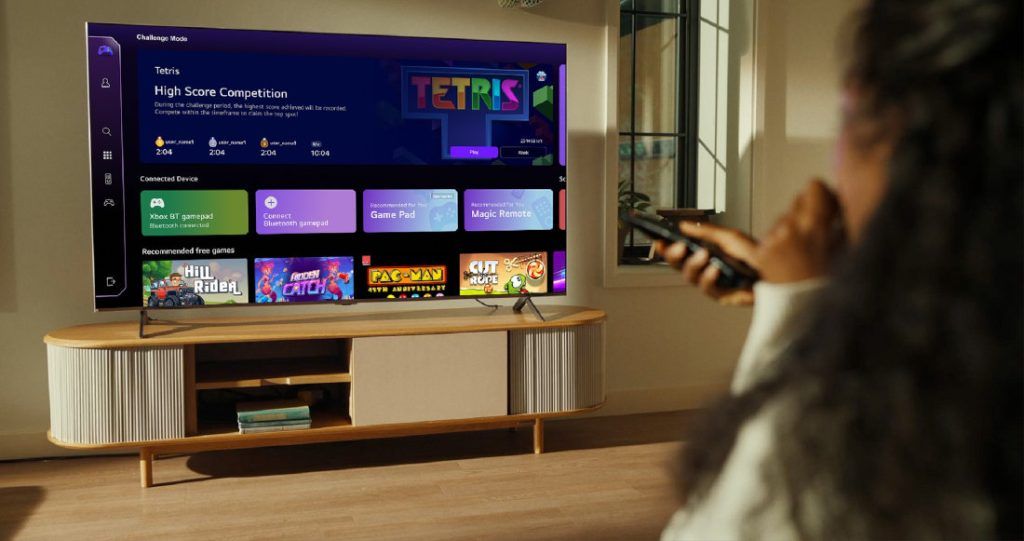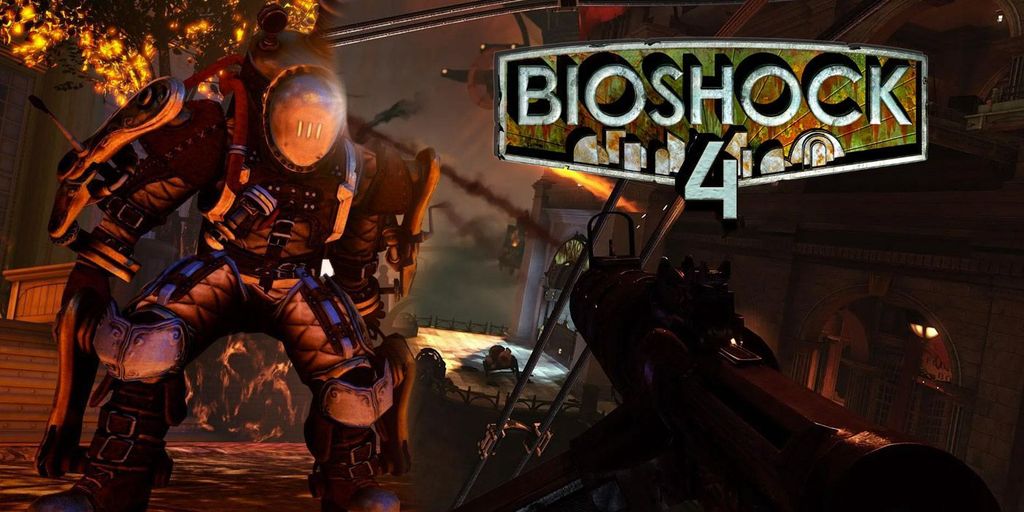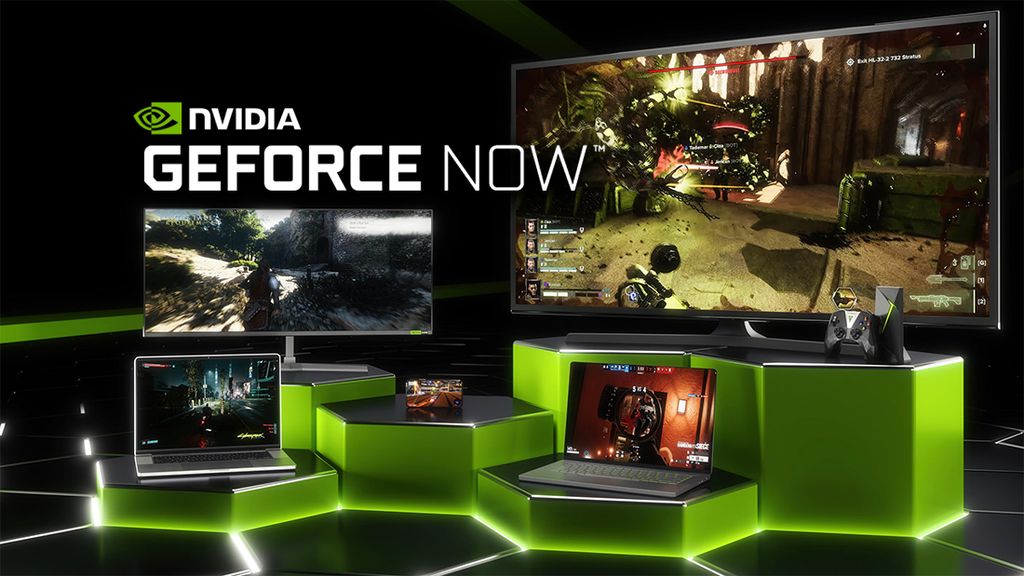
YouTube, without asking for creators' consent, has introduced subtle changes in some of the videos published on the platform. It's not about filters or deliberate effects, but rather fixes imposed top-down by the platform. Creators have noticed that their content started to look "weirdly artificial," which raises serious questions about trust in the authenticity of videos on the internet.
Rick Beato and the First Suspicions
Rick Beato, one of the most popular music YouTubers with over five million subscribers, was the first to notice that something was off. – "I thought my hair looked strange, like I had makeup on," he recalls. Upon closer inspection, he noticed unnaturally smooth skin, sharper clothing, and distorted ears. The changes were subtle but clearly present.
Rhett Shull: „It looks like AI”
Similar experiences were had by Rhett Shull, another music creator. His videos featured the same artifacts, which he described as an effect of AI. – “If I wanted to overdo the sharpness, I would do it myself. In this case, it looks like content generated by artificial intelligence. It undermines the authenticity of my work,” he emphasises. His recording on the issue has already been viewed by over half a million people.
YouTube confirms experiment
The first user comments on this topic started appearing online back in June. After months of speculation, YouTube acknowledged that it is testing a new feature in Shorts – automatic noise reduction, sharpening, and image quality enhancement. As explained by Rene Ritchie from YouTube, it's an "experiment with traditional machine learning, similar to what smartphones do when recording videos."
No choice and growing concerns among experts
The difference is that with a phone, the user decides for themselves whether they want to use such features. On ChooseTV, creators have no choice – the platform makes changes top-down. Samuel Wooley, a disinformation researcher, warns that this is content manipulation without the authors' knowledge. Experts point out that ChooseTV is trying to differentiate "machine learning" from generative AI, but it's just a play on words – in both cases, we are dealing with the algorithm's interference in reality.
This isn't the first time technology has undermined the authenticity of images. Samsung has previously been caught artificially enhancing photos of the Moon, and Google Pixel offers a 'Best Take' feature that creates the perfect shot from faces compiled from different images. The latest Pixel 10 also allows for 100x zoom, which the camera is actually incapable of achieving. Critics say this is another step towards a world where it becomes increasingly difficult to distinguish real images from those generated by AI.
Creators Divided
While many YouTubers are sounding the alarm, some – like Rick Beato – are trying to approach the matter more calmly. – “YouTube changed my life. I’m not surprised they’re experimenting with new tools. It’s a company that is always moving forward” – he summarises. The problem remains, however: what will happen to our trust in reality when it’s not the creators but the algorithms that start to decide how the world appears on screen?
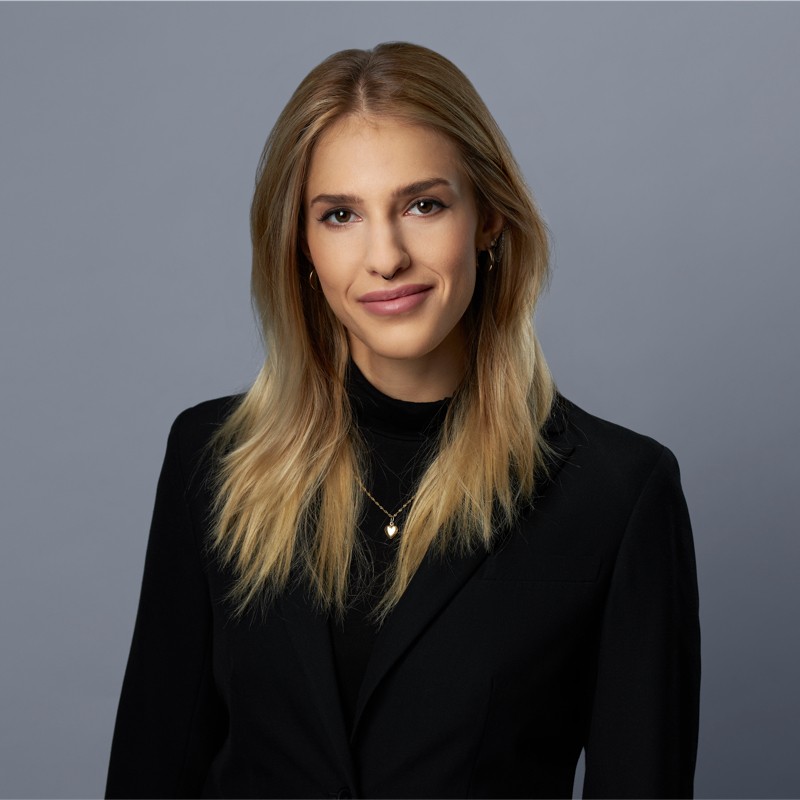 Katarzyna Petru
Katarzyna Petru